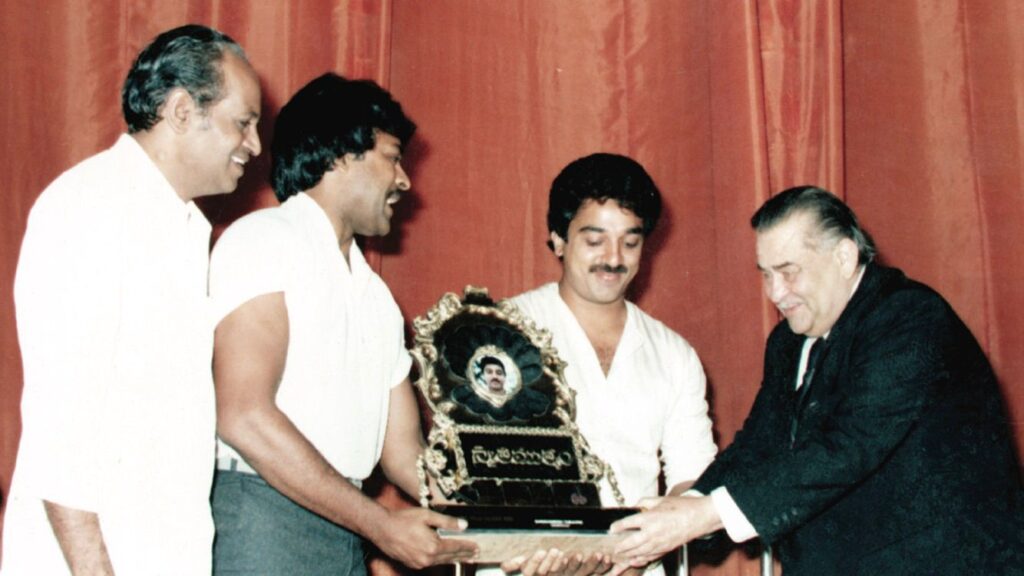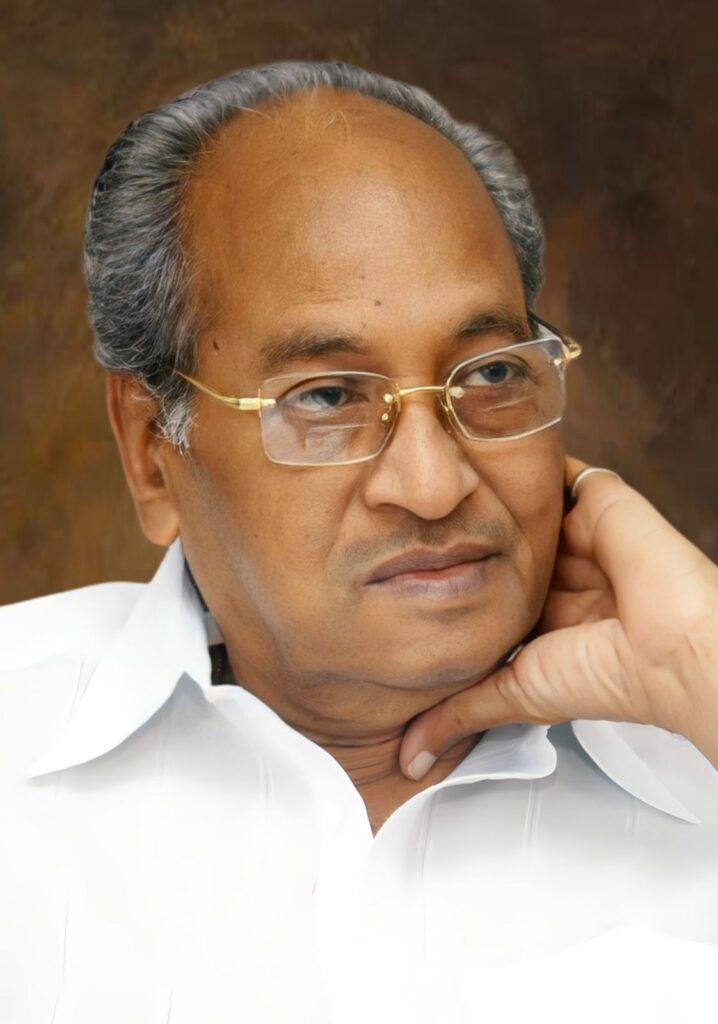
Today (October 4) marks the 10th death anniversary of eminent producer Sri Edida Nageswara Rao.“Though he made only a handful of films… each one stood apart on its own.”Purnodaya Movie Creations, a banner every producer dreams of emulating—one that made films about which every filmmaker could proudly say, “If only I could make even one such film in my career.”Producer Edida Nageswara Rao always valued human emotions above commercial gains, giving equal importance to both story and artistry. Every film he touched bore his unique stamp. A true visionary, he gifted Telugu cinema with timeless classics, considered gems of the industry.
On his 10th death anniversary (October 4), let us revisit the treasures he created for the silver screen.
Siri Siri Muvva
Edida Nageswara Rao’s first experience as a producer was Siri Siri Muvva. Together with his friends, he brought the project to life—without investing money himself but shouldering all production responsibilities. Starring Chandramohan and Jayaprada, the film became a musical blockbuster at the box office, with every song turning into a hit.This film began the long association between director K. Viswanath and Edida, which lasted until
Aapadbhandavudu. Released on December 24, 1976, it became a massive success. Viswanath later remade it in Hindi as Sargam, which marked Jayaprada’s debut in Bollywood and also a resounding success.
Tayaramma Bangarayya
This was the film that established Edida Nageswara Rao as a full-fledged producer. It also introduced the banner Purnodaya Art Creations.Satyam played Bangarayya, and Shavukaru Janaki essayed Tayaramma. Interestingly, director Kommineni Seshagiri Rao’s story of an elderly couple had been rejected by nine producers. But Edida trusted the script and went ahead.A young Chiranjeevi appeared in a very minor role—with not even a single dialogue. Even the then President of India, Neelam Sanjeeva Reddy, specially watched the film and appreciated the team. Released on January 12, 1979, it ran for 100 days in 10 centers, bringing good profits.
Shankarabharanam
One of the rarest jewels of Telugu cinema. This film stands as a monument to Viswanath’s artistry as a director and Edida’s courage as a producer.It rekindled the Telugu audience’s love for classical music. Every song was a masterpiece; every scene unforgettable. People initially wondered—“Somayajulu as a hero? Manju Bhargavi, usually a vamp, as heroine?” But the film shattered all doubts, becoming a phenomenal success after a slow start.Released on February 2, 1980, Shankarabharanam later won Best Film at the Besançon Film Festival in France, four National Awards, and seven Nandi Awards. Edida loved the film so much that he named his houses in Chennai and Hyderabad after it. Director Vamsi, who worked as an assistant then, even wrote a novel based on the film that gained huge popularity.
Seethakoka Chiluka
A landmark love story, Seethakoka Chiluka holds a special place in Telugu cinema. With Bharathiraja’s naturalistic direction, Ilaiyaraaja’s soulful music, and the magical chemistry between Karthik and Mucherla Aruna, it became a masterpiece.Impressed by Bharathiraja’s Tamil film 16 Vayathinile, Edida immediately offered him an advance. Though Radha and Vijayashanti were considered for the lead, the role finally went to Aruna. Initially, they even thought of naming the film Sagara Sangamam and recorded a song with that title.Made on a budget of ₹12 lakhs, it was released on June 2, 1982, to resounding success. It won the Silver Lotus (National Award for Best Regional Film), four Nandi Awards, and five awards from Sitara magazine. Vamsi later adapted it into a novel as well.
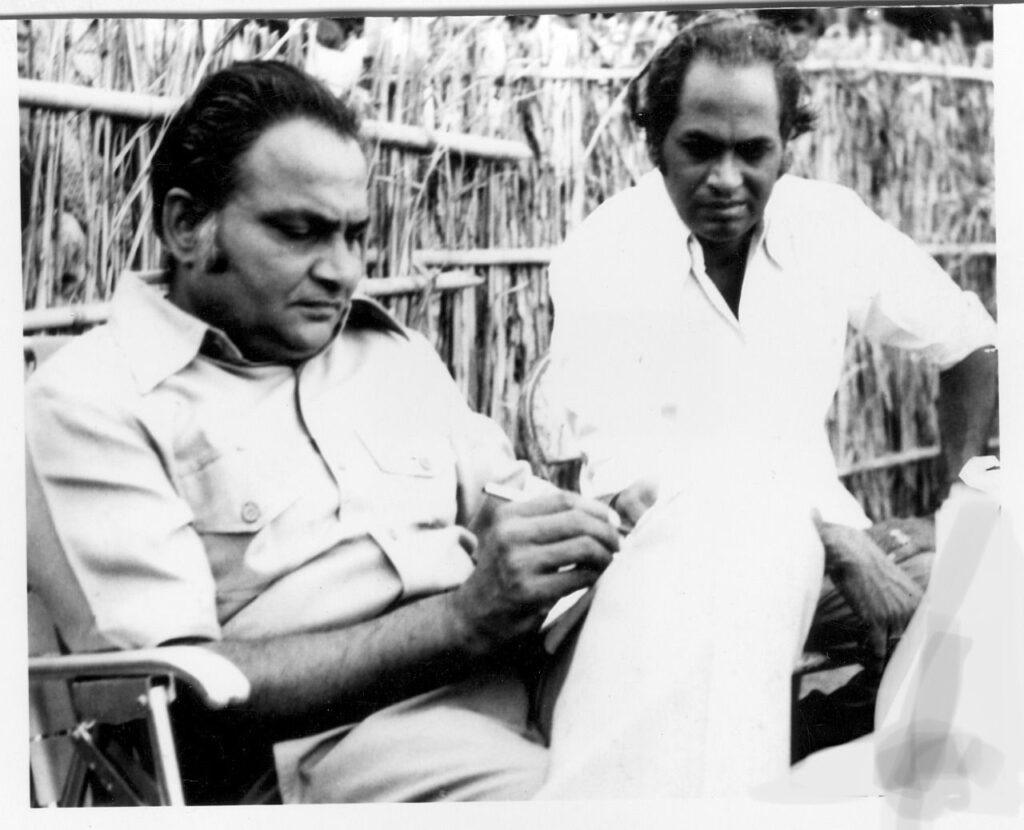
Sagara Sangamam
Another timeless creation from Purnodaya. If Shankarabharanam revolved around music, Sagara Sangamam celebrated dance.Kamal Haasan often says, “Among my most cherished films, Sagara Sangamam comes first.” Initially hesitant to play a character requiring an aged look, Kamal was persuaded by Edida, who believed no one else could do justice. Jayasudha was first considered as heroine, but the role ultimately went to Jayaprada.Songs like Mounamelanoyi and Thakita Thadhimi remain evergreen. The film also brought Ilaiyaraaja his first National Award for Best Music Director, and singer S.P. Balasubrahmanyam won for Best Playback Singer. It was even screened at the Tashkent International Film Festival.
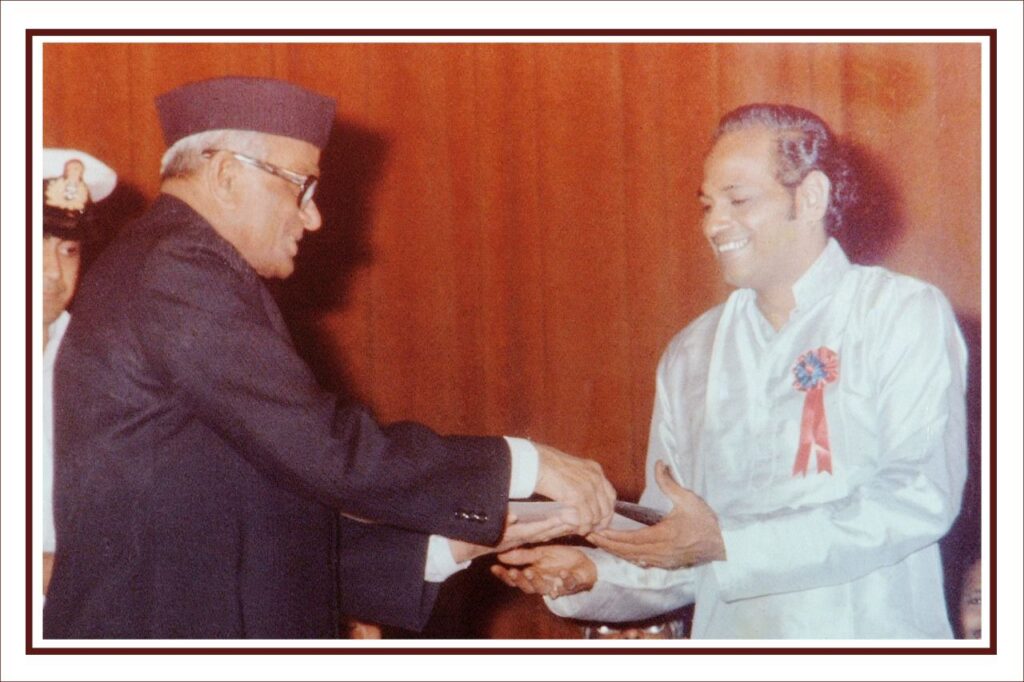
Sitara
The Vamsi–Ilaiyaraaja combination meant guaranteed success, and Sitara was no exception.Though Edida initially wanted to launch Vamsi as a director with his first film, that didn’t work out. But for his second project, Edida produced Sitara, based on Vamsi’s novel Mahal lo Kokila.It was also the first South Indian film to use a round trolley camera. Released on April 26, 1984, it was initially dismissed as “too class,” but audiences soon embraced it. It won the National Award for Best Regional Film, and Janaki bagged a National Award for the song Vennello Godari Andham.—Swathi MuthyamA film that became a textbook for portraying a mentally challenged character on screen.The Viswanath–Kamal Haasan duo once again delivered magic, with Radhika playing the female lead. Every song, from Vatapatrashayi Ki to Manasu Palike Mouna Geetham, became iconic.Originally titled Shivayya, the ending was first written to show Shivayya becoming intelligent. But Edida suggested keeping the innocence intact, and Viswanath agreed—making the film more powerful.It became the first South Indian film to be India’s official entry to the Oscars. It also won multiple National and Nandi Awards.—SwayamkrushiIf one must explain the dignity of labor, Swayamkrushi is the perfect example.It portrayed the journey of a cobbler rising in life through sheer hard work. This unique attempt paired Chiranjeevi—known then for mass, commercial roles—in an unconventional part. Chiru often recalled that Swayamkrushi gave him satisfaction no other film did.He also won his first Nandi Award for Best Actor for this film. The songs composed by Ramesh Naidu were chartbusters. The film ran for 100 days in 25 centers, was dubbed into Russian, and even screened at the Moscow International Film Festival.
Swara Kalpana
This film introduced Edida Sriram (Edida Nageswara Rao’s son) as a hero under Vamsi’s direction, with Seetha as heroine and Gangai Amaran (Ilaiyaraaja’s brother) as music director.Originally, Rajasekhar was chosen as hero, but the role eventually went to Edida Sriram. Released on November 3, 1989, the film did not succeed. Edida humbly took responsibility, admitting he hadn’t focused enough on script discussions.
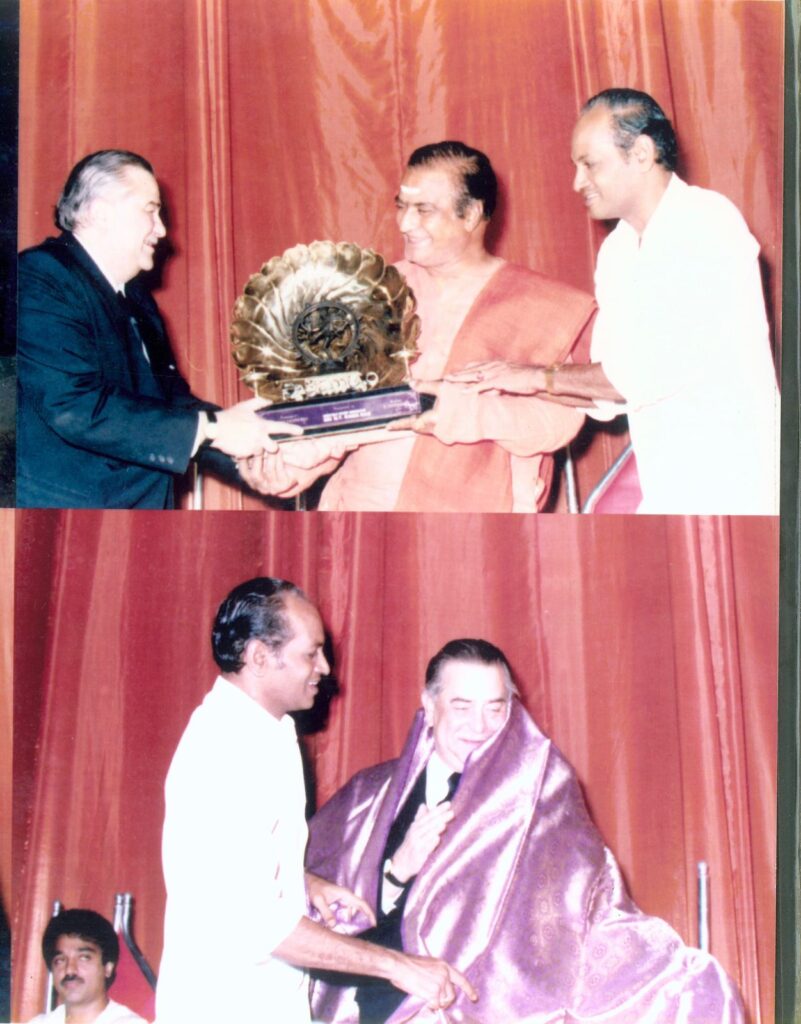
Aapadbhandavudu
This was Chiranjeevi’s second Nandi Award-winning film for Best Actor, thanks to his powerful performance, especially in portraying a mentally challenged character.It was also the last collaboration between K. Viswanath and Edida Nageswara Rao. After this, Edida stepped away from film production—but Aapadbhandavudu gave him immense satisfaction as a producer.This film enhanced Purnodaya’s reputation further. Notably, comedian-writer Jandhyala, who wrote the dialogues, also acted in it for the first time, playing the character Parandhamaraju.
Edida Nageswara Rao may have produced only a limited number of films, but each one was a milestone in Telugu cinema—balancing art, culture, and emotion with commercial appeal. His legacy through Purnodaya Movie Creations continues to inspire generations of filmmakers.
